Discover 9 hidden attractions, cool sights, and unusual things to do in Morpeth (United Kingdom). Don't miss out on these must-see attractions: Wallington Hall, Belsay Hall, and Morpeth Chantry Bagpipe Museum. Also, be sure to include Morpeth Castle in your itinerary.
Below, you can find the list of the most amazing places you should visit in Morpeth (England).
Table of Contents
Wallington Hall
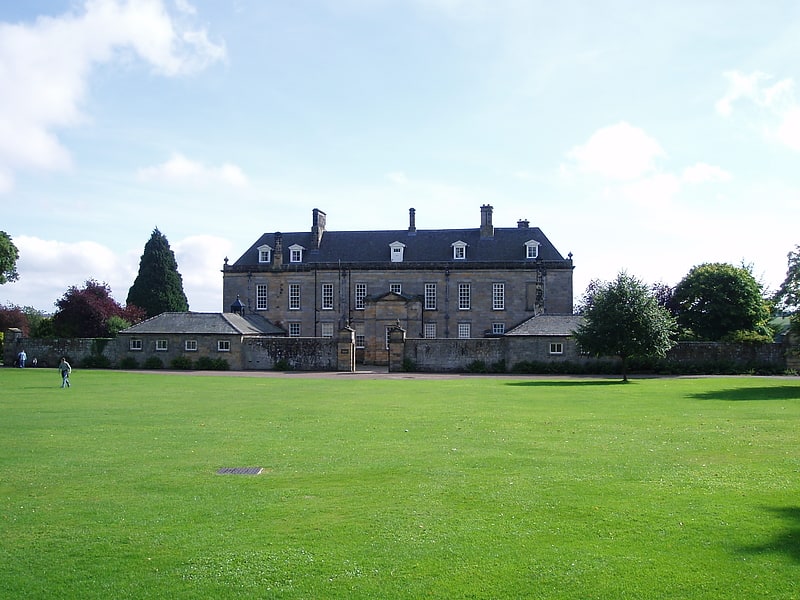
Building in England. Wallington is a country house and gardens located about 12 miles west of Morpeth, Northumberland, England, near the village of Cambo. It has been owned by the National Trust since 1942, after it was donated complete with the estate and farms by Sir Charles Philips Trevelyan, the first donation of its kind. It is a Grade I listed building.[1]
Address: Wallington Hall Cambo, NE61 4AR Morpeth
Belsay Hall
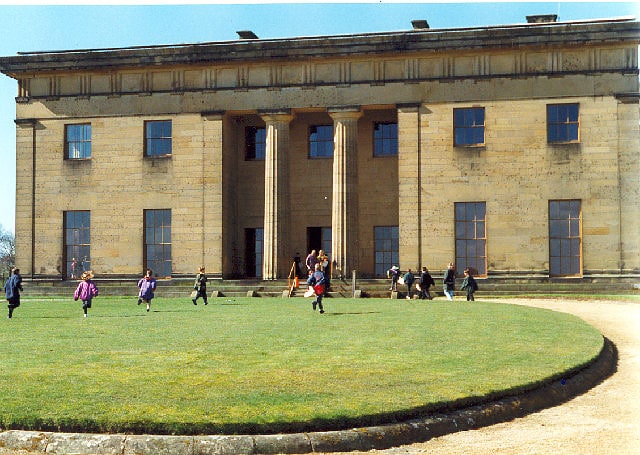
Building in England. Belsay Hall is a Regency style country house located at Belsay, Northumberland. It is regarded as the first British country house to be built entirely in the new Greek revival style. It is a Grade I listed building. It was built to supersede Belsay Castle and its adjoining earlier hall just a few hundred yards away, and is part of the same estate.[2]
Address: Belsay, NE20 0DX, Morpeth
Morpeth Chantry Bagpipe Museum
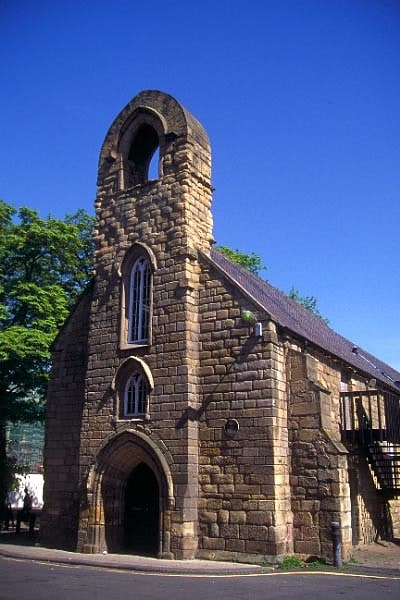
Museum in Morpeth, England. The Morpeth Chantry Bagpipe Museum is located in Morpeth Chantry, Morpeth, Northumberland, England.
The museum, founded in 1987, contains a large collection of historic bagpipes, especially, but not exclusively, historic Northumbrian smallpipes and Border pipes, mainly based on the collection of William Alfred Cocks (1892 - 1971). The collection had initially been housed in the Black Gate, Newcastle upon Tyne, the home of the city's Society of Antiquaries. The collection also includes a large collection of bagpipe music, both in print and in manuscript, and Cocks's collection of photographs and press cuttings relating to bagpipes; many of these refer to the early years of the Northumbrian Pipers' Society. The current curator is Anne Moore.
The museum provides a venue for the regular meetings of the Northumbrian Pipers' Society. In September 2008, disastrous flooding in central Morpeth forced the successful evacuation of the entire collection. After extensive repairs and refurbishment, the Chantry was reopened the following year, with a visit by the Princess Royal.[3]
Address: Bridge St, NE61 1PD Morpeth
Morpeth Castle
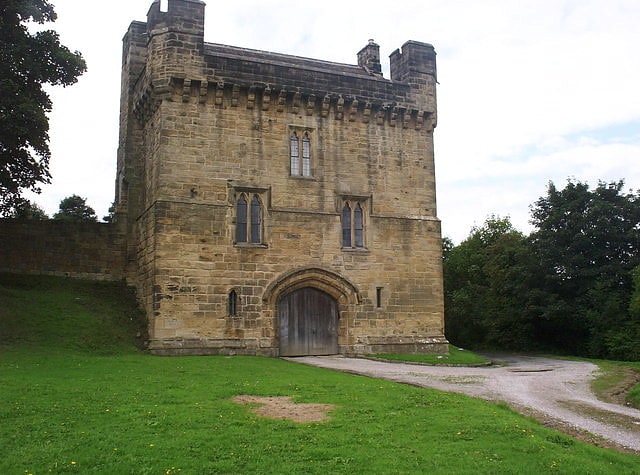
Chiropractor in Morpeth, England. Morpeth Castle is a Scheduled Ancient Monument and a Grade I listed building at Morpeth, Northumberland, in northeast England. It has been restored by the Landmark Trust and is now available as a holiday rental home.[4]
Morpeth Clock Tower
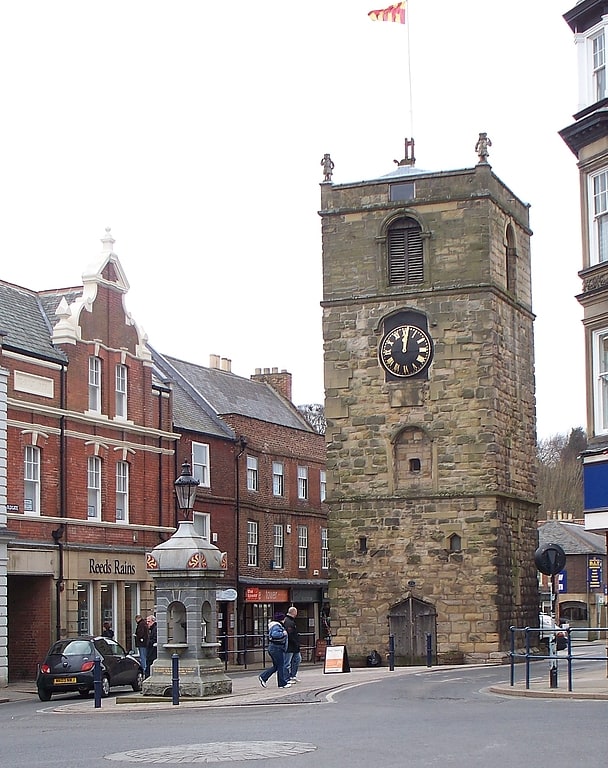
Historical place museum in Morpeth, England. Morpeth Clock Tower is a building located off the Market Place Morpeth. The tower stands 60 ft high with walls 3 ft 6 in thick. It stands close to the Morpeth Town Hall and the YMCA buildings of 1905. It is Grade II* listed building.[5]
Chantry Tea Rooms
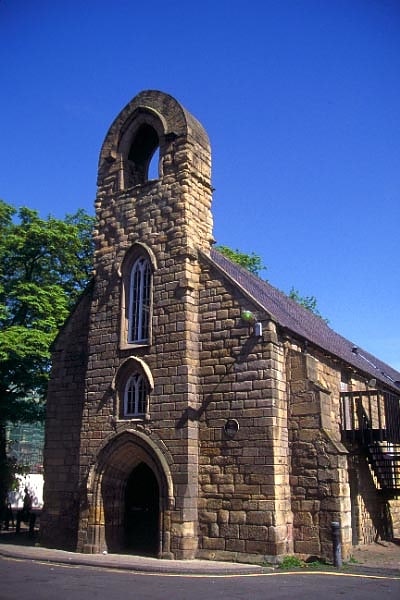
Morpeth Chantry also known as All Saints Chantry is a Grade I listed building situated adjacent to the site of the ancient bridge across the River Wansbeck at Morpeth, Northumberland.
It was built in about 1296 and served both as a chapel dedicated to All Saints and as a toll house for the river crossing. The duties of the appointed chaplain also included those of schoolmaster.
The suppression of the monasteries by Henry VIII was followed in 1547 by the suppression of chantries by Edward VI and the building was deconsecrated. In 1552 a Royal Charter was granted for the establishment of a free grammar school. The school now known as King Edward VI School occupied the site until a new school was built elsewhere in the Borough in 1846.
Thereafter the building was occupied for a variety of commercial purposes including a mineral water factory. In 1974 the neglected and deteriorating property was acquired by the local authority and after restoration and refurbishment was opened for community use in 1984. Tenants occupying the building include the Northern Poetry Library, Northumbria Craft Centre, Morpeth Chantry Bagpipe Museum, and the Tourist Information Office.[6]
Address: 9 Chantry Pl, NE61 1PJ Morpeth
Haw Hill
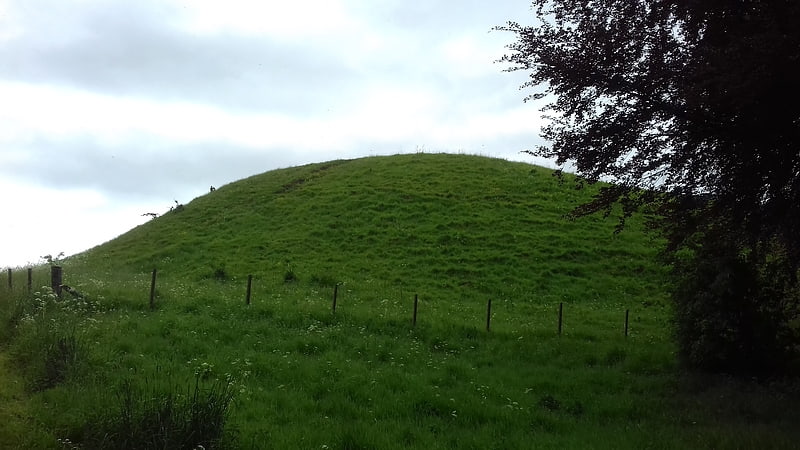
Haw Hill or Ha' Hill is a mound and scheduled monument in Carlisle Park, Morpeth which was the site of a motte-and-bailey castle, being Morpeth's first castle. The castle was built by the de Merlay family in 1095, originally constructed as a wooden structure, being replaced later by a stone castle in the same location. The stone castle was burnt down by King John in the 13th century and the castle was rebuilt on the adjacent hill, which still stands today as Morpeth Castle.[7]
Mafeking Park
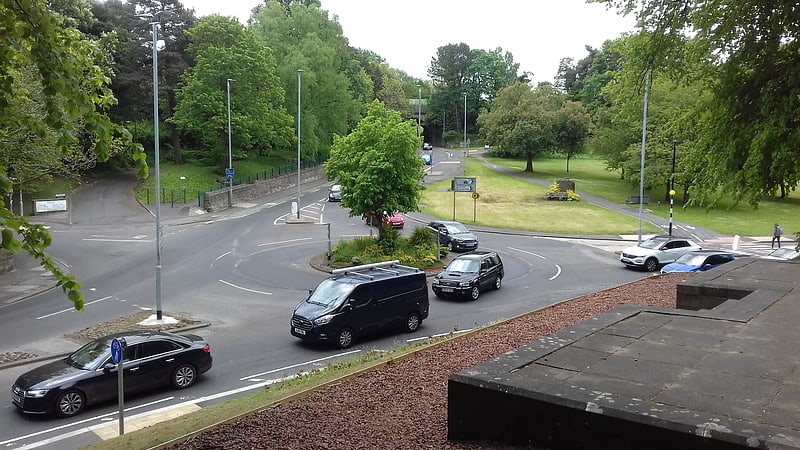
Park in Morpeth, England. Mafeking Park is a public park in Morpeth, Northumberland, England at the bottom of Station Bank. It was unsuccessfully put forward by locals to be listed as the smallest park in the world in the Guinness Book of Records. The park was originally a triangle of land bounded by roads but after road improvements is now a small roundabout. Recently, the area around the roundabout has been subject to improvements, including the installation of off and on road cycle routes.[8]
Collingwood House
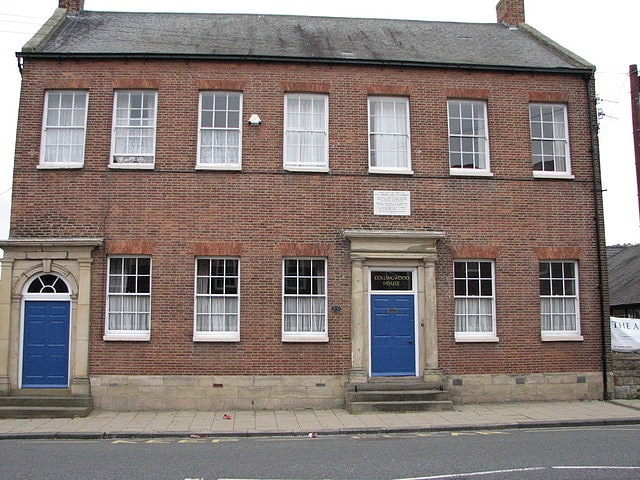
Building in Morpeth, England. Collingwood House is a late 18th-century Georgian house, having Grade II* listed building status, at Oldgate, Morpeth, Northumberland. It was the home of Admiral Lord Collingwood from 1791 to his death at sea in 1810.
The house is now used as the presbytery for the priest at the nearby Roman Catholic Church dedicated to St Robert of Newminster. The house hosts an annual celebration to commemorate Trafalgar Day on 21 October, particularly the role played by Admiral Lord Collingwood, whose ship helped break the Spanish line at the Battle of Trafalgar.[9]